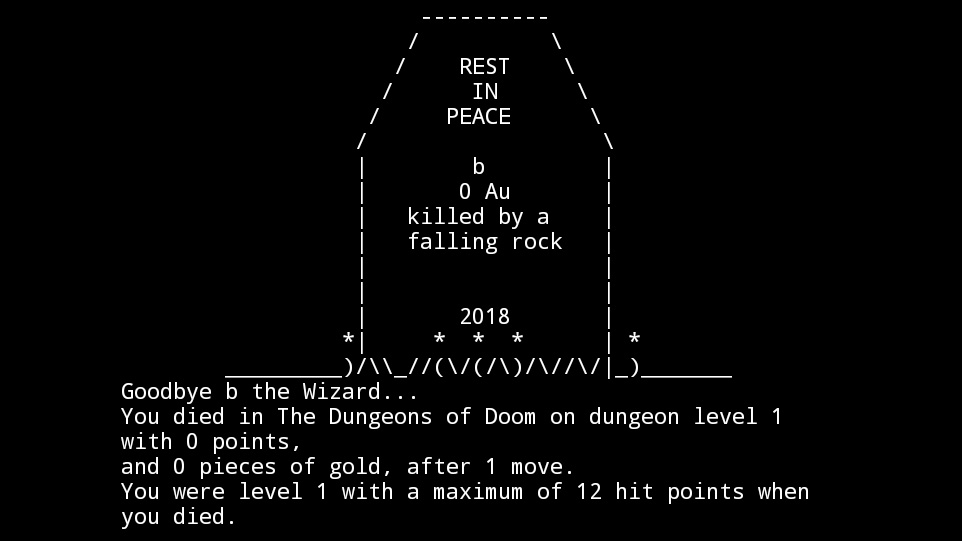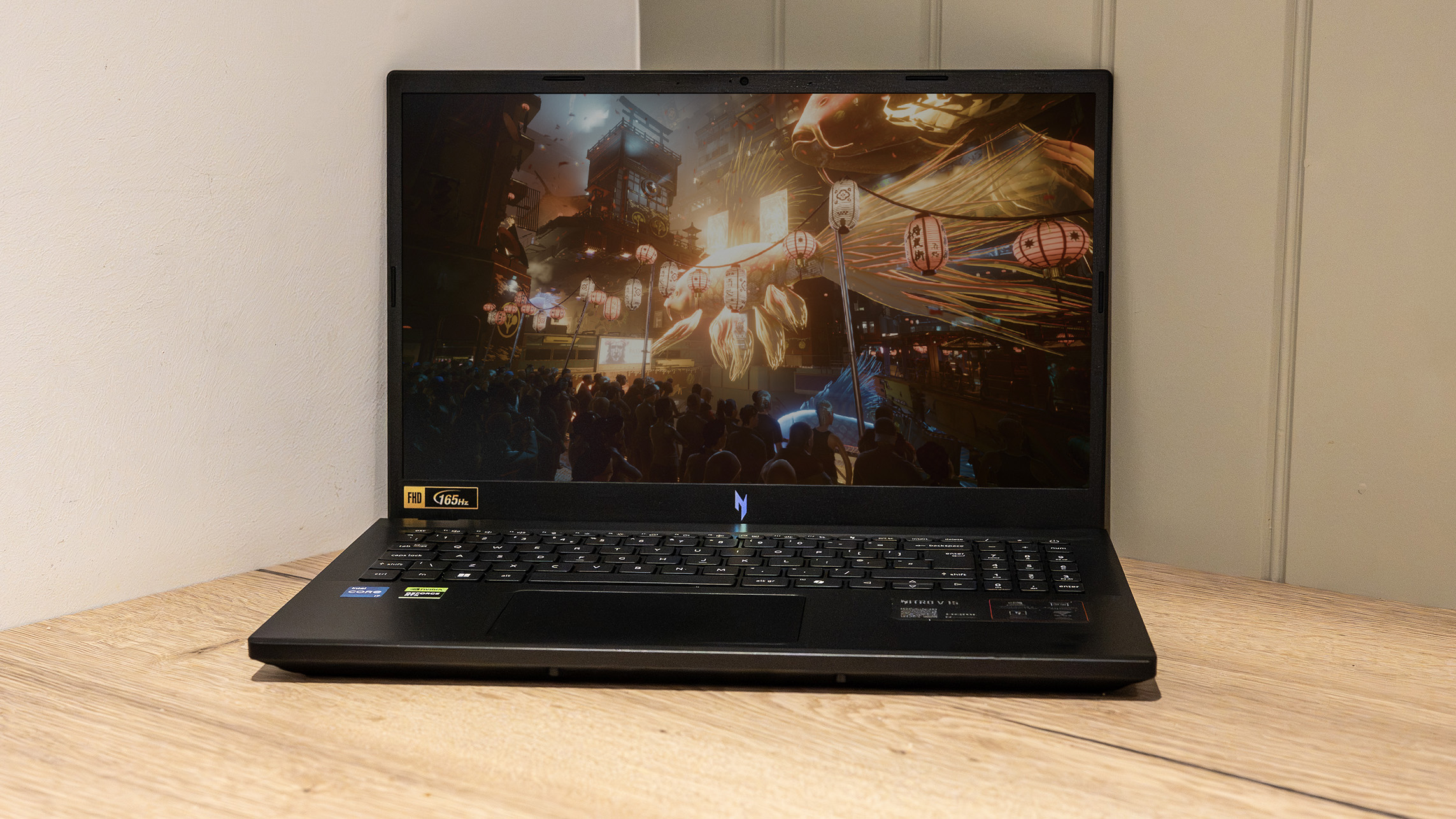Nethack is now in the Museum of Modern Art
The pioneering 35 year-old crowd-developed game gets its due.

Nethack is one of the great (and ongoing) gaming projects. It first appeared in 1987 as a fork of a 1982 title, Hack, created by Mike Stephenson, Izchak Miller and Janet Walz. The game operated on an open source principle, where anyone was free to create their own version, but only the members of the DevTeam could change the main source code.
Over time the DevTeam grew with skilled coders from the community and, after more than three decades, has had an unknown number of members. They seem to like the mystery. Over its lifetime NetHack has grown and grown in complexity, somehow juggling its hundreds of emergent elements together, with the DevTeam held up as collective coding gods by the game's devoted community. Browse the NetHack forums and even now you may well come across the initialism TDTTOE: The DevTeam Thinks of Everything.
NetHack's emergent roleplaying isn't like anything else out there, nor has its development been. It's a singular project from all angles, and has now received the recognition it deserves. The Museum of Modern Arts began its videogame collection in 2012, and at the time mentioned NetHack would eventually be included (though it wasn't in the initial 14 titles chosen). Its time has finally come: NetHack has been added to the Architecture and Design department's collection, and will be displayed as part of the Never Alone exhibition from September 10.
The news was shared by coder Jean-Christophe Collet in a blogpost discussing his own early involvement as a member of the DevTeam (thanks, Slashdot).
"A long time ago I got involved with the development of NetHack, a very early computer role playing game, and soon joined the DevTeam, as we’ve been known since the early days," Collet writes. "I was very active for the first 10 years then progressively faded out even though I am still officially (or semi-officially as there is nothing much really 'official' about NetHack, but more on that later) part of the team."
Collet writes rather amusingly about the different stages of amazement he went through, before thinking about "these 35 years and what they meant to me, the team, the gaming community and, finally the open source community."
NetHack was and remains, as Collet puts it, "one hell of an anomaly," and hugely influential within gaming. But he also notes its pioneering approach in other respects: "It is also one of the first, if not the first software project to be developed entirely over the Internet by a team distributed across the globe (hence the 'Net' in 'NetHack')."
Keep up to date with the most important stories and the best deals, as picked by the PC Gamer team.
Similarly the DevTeam quickly grew used to accommodating user feedback, "suggestions, bug reports and bug fixes from the online community (mostly over UseNet at the time) long, long before tools like GitHub (or Git for that matter), BugZilla or Discord were even a glimmer of an idea in the minds of their creators."
Collet says he was in his early 20s when he first started working on NetHack, and at this distance can now see he learned "as much, or more" from the project as he did from his then-jobs.
Looking back on everything over the years, knowing NetHack's going to be displayed in Moma, Collet makes an observation to warm any programmer's heart: "I learned that you should always write clean code that you won’t be embarrassed by, 35 years later, when it ends up in a museum."
The post ends with Collet's tribute to the fun that everyone involved in making the game has had over its creation:
"We didn’t have any lofty goals, we didn’t set out to change the world or disrupt anything, we just enjoyed a little game called Hack, came up with ideas that we thought would make it even more fun, worked on these ideas, met like-minded people, and decided to band together. Having a blast all along.
"I am incredibly grateful to have been part of that adventure. It had a huge impact on my life and I am absolutely thrilled to see the game and the team recognised in such spectacular fashion."
There is now a page on Moma's website whose sole purpose is to display a screen of NetHack which greets viewers with an unbeatable line: "Hello, Yoghurt! Welcome again to Ermenak's used armor dealership!"

Rich is a games journalist with 15 years' experience, beginning his career on Edge magazine before working for a wide range of outlets, including Ars Technica, Eurogamer, GamesRadar+, Gamespot, the Guardian, IGN, the New Statesman, Polygon, and Vice. He was the editor of Kotaku UK, the UK arm of Kotaku, for three years before joining PC Gamer. He is the author of a Brief History of Video Games, a full history of the medium, which the Midwest Book Review described as "[a] must-read for serious minded game historians and curious video game connoisseurs alike."


